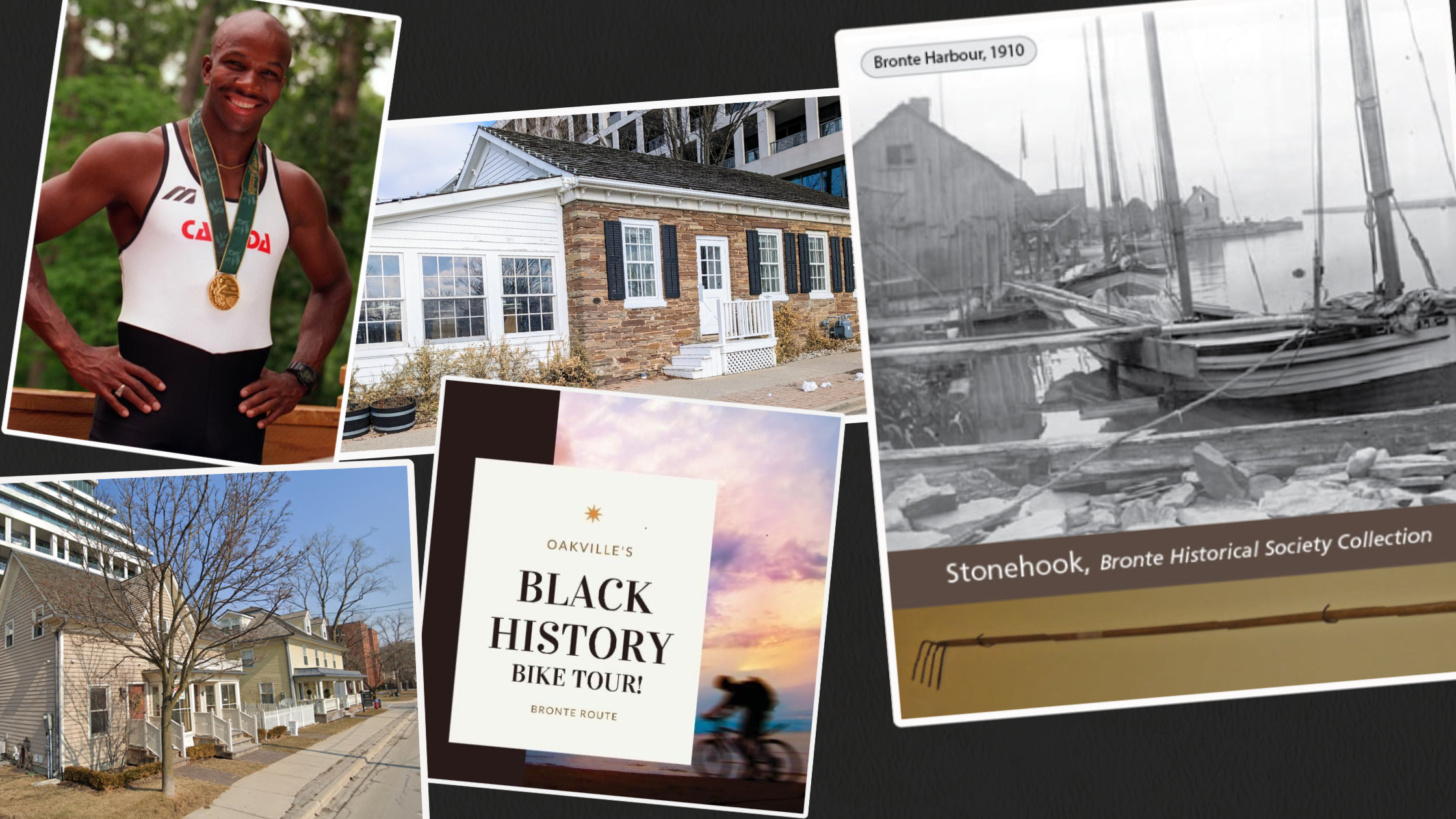Celebrating Bronte’s Black History
February is Black History Month when we recognize and celebrate the stories and contributions of our vibrant Black communities and the impact they’ve made in Bronte and beyond.
Bronte’s Role in The Underground Railroad
Oakville has an important place in Black History, as the Town served as a major gateway to Canada for African Americans fleeing slavery using the Underground Railroad.
Bronte Harbour was the entry-point for many American slaves travelling the Underground Railroad in search of freedom. Some settled in Bronte and built cabins on both sides of Twelve Mile Creek. The Duncan MacDonald – Harry Hartlands House is thought to be a rudimentary residence for emigrants in the pre-Civil War years.
In 1990, the Town of Oakville bought the property and leased it to Halton Regional Police for the village constable’s office. The building is now located next to Glendella Cottage at 2409 Ontario Street.
Samuel Adams: The Father of Stonehooking
Despite Bronte’s prominent fishing history, one of its earliest industries was stonehooking, which is the process of lifting flat shale from the bottom of the lake. It was Samuel Adams, a free African American from Cantonsville, Maryland who came to Bronte in 1851, who invented the equipment for this trade.
In an age before the ready availability of concrete, a constant supply of building stone was essential. From the 1830s until after World War I, the Lake Ontario waterfront between the Credit River and Burlington Bay was busy with men engaged in mining the shallow waters for blocks of shale and loading them onto small sail-driven vessels known as stonehookers.
Adams began his life in Bronte with $800 in his pocket and opened a blacksmith shop. Eventually, eventually he became the biggest landowner in Bronte and used his wealth to help other former slaves make a home for themselves in Upper Canada.
Today, if you visit The Marine Tavern at 49 Bronte Rd, you can see the legacy of his innovation in the stone slabs that make-up the exterior of the building.
Donovan Bailey: Canadian Icon
Donovan Bailey is a retired Jamaican-Canadian sprinter. He immigrated to Canada at age 12 and attended Queen Elizabeth Park High School in Bronte where he ran his first 100-metre dash in 10.65 seconds at the age of 16. Fast forward to 1996 where Donovan won the Gold Medal for Canada in the men’s 100-metre dash and set the world record at 9.84 seconds in the Atlanta Olympic Games. He then won his second Gold Medal when he led Team Canada to first place in the men’s 4×100 relay.
The Donovan Bailey Park Trail is named in his honour.
Self-Guided Black History Tour of Bronte
Continue your learning and take a self-guided Black History Tour. Explore sites related to Bronte’s Black History – Bronte Pioneer Cemetery, the Donovan Bailey Trail, Sovereign House and more. Thank you to the Canadian Caribbean Association of Halton (CCAH) for creating the informative tour.
Click here for information about 2024 Black History Month events and learning opportunities.

